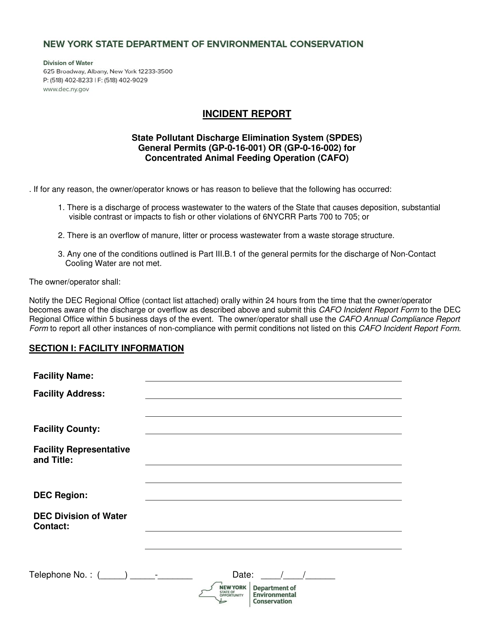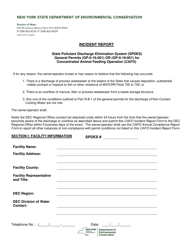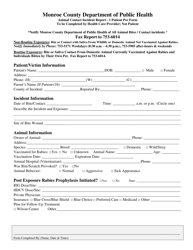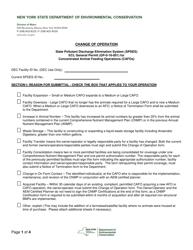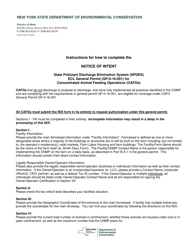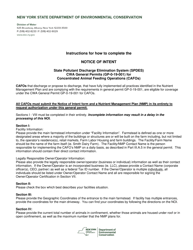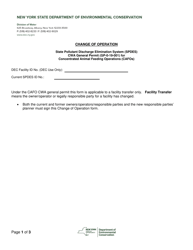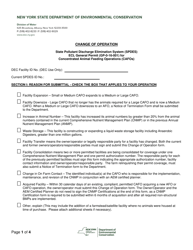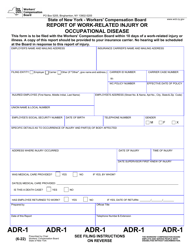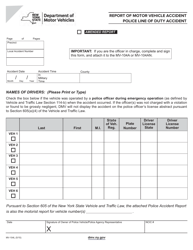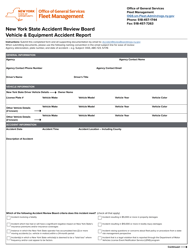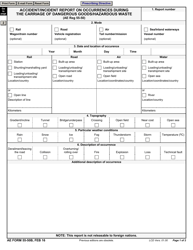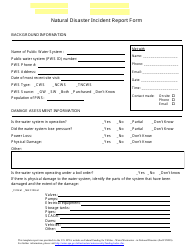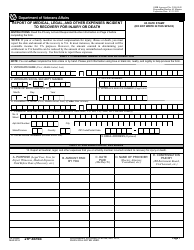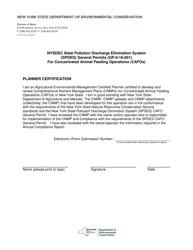Incident Report - State Pollutant Discharge Elimination System (Spdes) General Permits (Gp-0-16-001) or (Gp-0-16-002) for Concentrated Animal Feeding Operation (Cafo) - New York
Incident Report - State Pollutant Discharge Elimination System (Spdes) General Permits (Gp-0-16-001) or (Gp-0-16-002) for Concentrated Animal Feeding Operation (Cafo) is a legal document that was released by the New York State Department of Environmental Conservation - a government authority operating within New York.
FAQ
Q: What is the Spdes General Permit for CAFOs in New York?
A: The Spdes General Permit (GP-0-16-001 or GP-0-16-002) is a permit that regulates Concentrated Animal Feeding Operations (CAFOs) in the state of New York.
Q: What is a Concentrated Animal Feeding Operation (CAFO)?
A: A Concentrated Animal Feeding Operation (CAFO) is an agricultural operation where animals are kept in confinement and raised in large numbers, resulting in significant amounts of manure and other waste.
Q: What does the Spdes General Permit regulate for CAFOs?
A: The Spdes General Permit regulates discharges of pollutants from CAFOs into the waters of New York state.
Q: Why is the regulation of CAFOs important?
A: Regulating CAFOs is important to protect water quality and prevent pollution from animal waste.
Q: Who is responsible for obtaining the Spdes General Permit for CAFOs?
A: CAFO operators are responsible for obtaining the Spdes General Permit.
Q: Are there different Spdes General Permits for different types of CAFOs?
A: Yes, there are two different Spdes General Permits: GP-0-16-001 for CAFOs with more than 300 cows or 1,000 other livestock, and GP-0-16-002 for CAFOs with 300 cows or less or 1,000 other livestock.
Q: What are the requirements for CAFOs under the Spdes General Permit?
A: The Spdes General Permit requires CAFOs to develop and implement a manure management plan, meet certain monitoring and reporting requirements, and implement best management practices to prevent water pollution.
Q: What happens if a CAFO does not comply with the Spdes General Permit?
A: Failure to comply with the Spdes General Permit can result in enforcement actions, penalties, and potentially the loss of the permit.
Form Details:
- The latest edition currently provided by the New York State Department of Environmental Conservation;
- Ready to use and print;
- Easy to customize;
- Compatible with most PDF-viewing applications;
- Fill out the form in our online filing application.
Download a printable version of the form by clicking the link below or browse more documents and templates provided by the New York State Department of Environmental Conservation.
